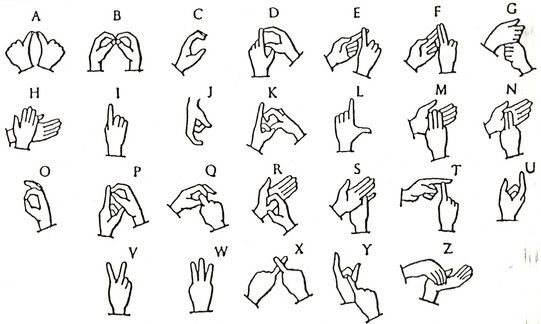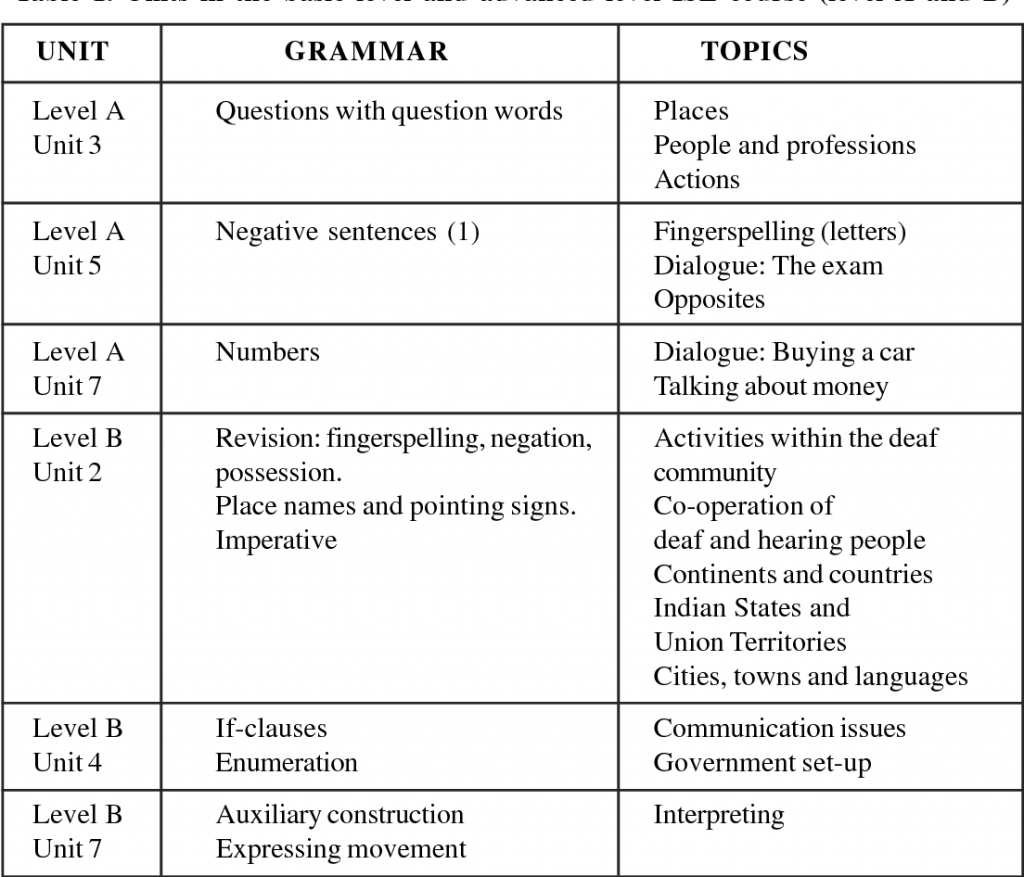
All About Indian Sign Language
All About Indian Sign Language

Indian Sign Language is a well-structured and coded gesture.
Every gesture has a fixed meaning to it.
Sign Language is the only means of communication for deaf people.
In the past years, there has been an increased interest among researchers in the field of sign language recognition.
One of which is to introduce means of interaction from human to computer.
Deaf and Dumb people rely on sign language interpreters for communication.
Finding experienced and qualified interpreters for their daily communication throughout life is a very difficult task and also unaffordable.
Hence, a human to computer interaction system will prove to be a reliable and consistent solution in the future for deaf and dumb people.
Many types of research took place in this area that has been carried out for more than twenty years.
Sign Language is the only fully accessible language for deaf persons.
Learning Indian sign language help a deaf person connect with other deaf person and the larger deaf community.
For a hearing person, learning Sign Language is an entirely different experience.
But it is still a great process that results in learning a new language. To be able to communicate with the deaf and hard of hearing people in one’s community.
Sign Language & Orientation:
Learning Indian Sign Language is a necessity for a deaf person. This helps him/her connect with other Deaf persons and the larger Deaf community.
However, for a hearing person, learning Sign Language can be a useful tool:
- To communicate with the Deaf Community and,
- To bridge the gap between hearing and deaf people.
There is a need for sign language interpreters at various public places such as:
- Hospitals,
- Railway stations,
- Police stations, and
- The courts during proceedings that involve a deaf person.
There is an increasing number of corporate houses and companies that are recruiting deaf persons into their workforce.
Deaf enabled foundation provides an orientation for the Human Resources personnel of companies that are willing to employ deaf persons.
This orientation helps them understand Sign Language.
Teaching Indian Sign Language (ISL)
ISL Teaching Materials:
The complete set of ISL teaching materials consists of three courses at:
- The basic,
- Advanced, and
- Professional levels (level A, B, and C).
- The first two courses are completed and have been published in (19, 20), and
- The third level is currently under development.
The team involved in the development of the teaching materials consist of a:
- Hearing linguist responsible for the development of the course contents,
- A deaf research assistant responsible for giving the course content in ISL on the teaching video and,
- Several ISL models contributing scripted signed dialogues and freely signed texts to the courses.
The materials correspond closely to and are officially recognized in a syllabus for sign language interpreter training and were approved by the Rehabilitation Council of India in 2002.
All teaching materials are bilingual and are available in ISL and English.
That is, all explanations, instructions, and examples are signed by the deaf assistant, with voiceover and written text added in English.
Each course consists of a teaching video and a related workbook.
The units in levels A and B are built around grammatical topics so that all the main grammatical structures of ISL are covered.
It starts from easier and more basic structures to the more difficult ones. For example:
- wh-questions, negation, and the expression of possession are part of the basic level course.
- Whereas if-clauses and auxiliaries are part of the advanced level course.
The table below provides a few examples of the structure of the course materials. It is based on some of the units in the level A and the level B courses.
Implementation of Indian Sign Language in educational settings
The course content is a part of the officially recognized syllabus for the sign language interpreter training program.
Apart from learning actual ISL communication, one of the major achievements of the training program:
- Is to change the students’ attitudes about sign language and deaf people.
The basic level course starts with a general introduction to sign language.
This introduction consists of a 45-minute signed lecture with an English voiceover and a related printed text in the workbook.
It explains the nature of sign language and the status of the Indian Sign Language in India.
Thus, before students learn their first signs, the most common myths against sign languages are addressed, and the students learn that:
- Sign languages are not the same all over the world.
- There are not just gestures and pantomime but they do have their grammar.
- It is not dependent on spoken languages, and
- Does not resemble spoken languages used in the same region.
- The sign languages are not “languages of the hands” only but use non-manual expressions as well.
- Western sign languages (e.g., American Sign Language) are not better than Indian Sign Language.
- Signed codes for spoken languages (e.g., Signed English) are not better than Indian sign language.
More important than this theoretical knowledge:
- Is the hearing students’ direct contact with an educated deaf person who is their teacher.
- This is the first time that they will encounter a deaf person who is professionally qualified, confident, and “in charge” of the situation.
The slogan that “deaf people can do it” is practically illustrated.
This practical example is naturally more powerful than any theoretical instruction.
If you wish to know more about Speech Therapy, kindly contact us at info@1specialplace.com
For more ideas check out our other related blogs
View this post on Instagram
- Famous people with Autism/ADHD - August 16, 2022
- When is Speech Therapist needed? - March 26, 2022
- Best Toys for Speech Stimulation for Toddlers - June 21, 2021



Leave a Comment
(3 Comments)
I need to learn international sign languages mostly use in canada & America
Hi Geeta, that is ASL ( American Sign Language).
We are an Indian organisation.
Hi, I want to learn Indian sign language. Is there an place in Chennai that I can learn?
I can hear, but I am trying to teach a deaf person. She does not know slgn language either, but I thought I could teach her that too…
Categories
Recent Posts